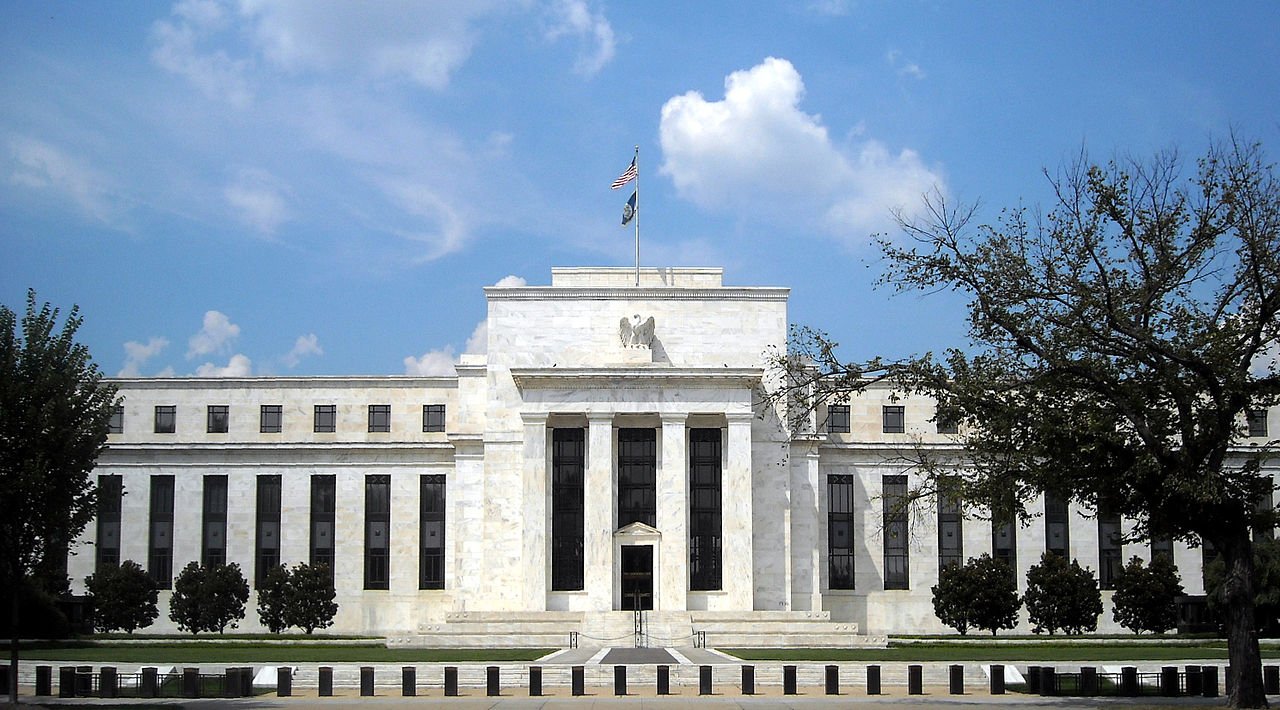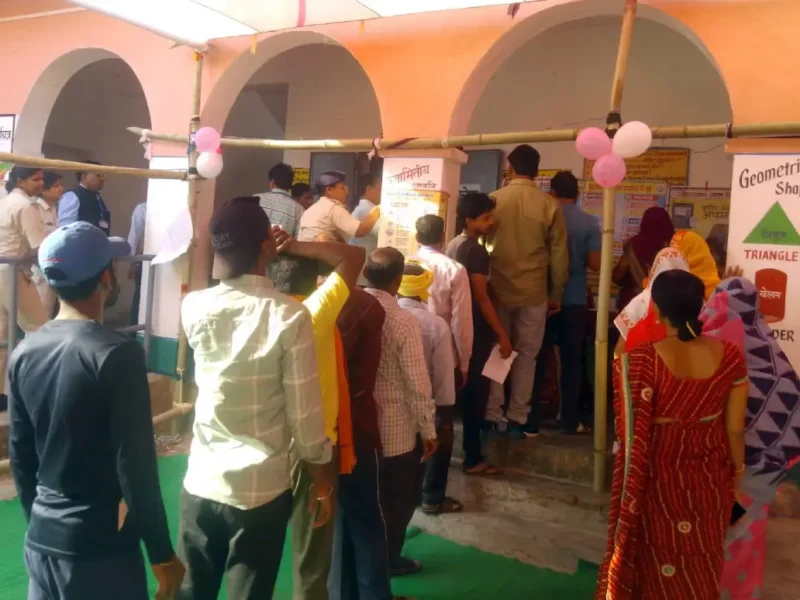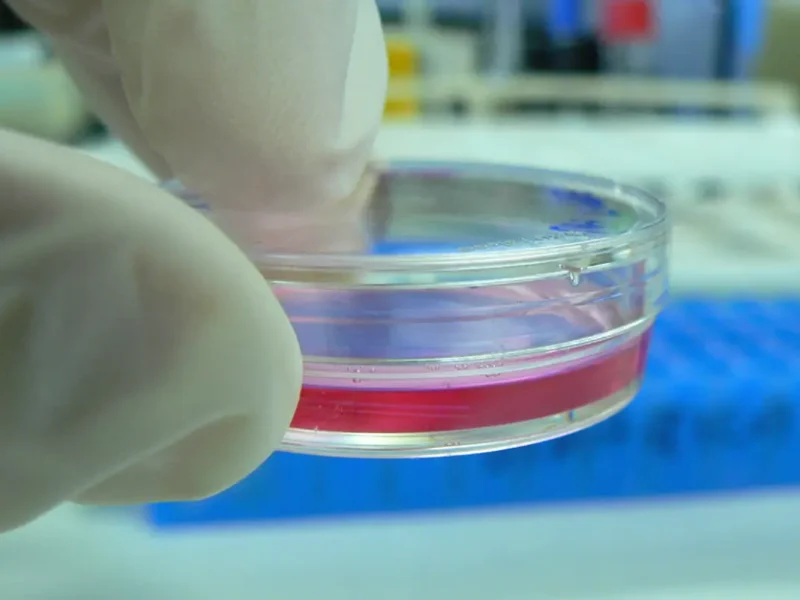
Is The Federal Reserve Driving the US Economy Into A Recession?
From Nirmalya Chatterjee, Las Vegas, NV
What a difference the last six months have made in the US economic condition. People have lost over 25% value in their 401K accounts as the market has officially entered the bear market state. Thirty year fixed mortgage rate has climbed from around 3% to almost 7% in the same period. Home sales have plummeted. There are serious talks now amongst economists about a looming recession, meaning layoffs, loss of consumer confidence, and economic stagnation. How did we come to this so quickly?
The federal government, with the help of congress, spent or injected about $5 Trillion dollars of stimulus money to revive the economy from the impact of the pandemic – the largest in history. This money essentially went to households (in the form of stimulus checks, unemployment benefits, etc.), mom & pop shops, restaurants, airlines, hospitals, local governments & schools in phases stretching from the Trump administration in March 2020 to the Biden administration in 2021. These payments were certainly much needed but some economists warned that the later phases were unnecessary and could come with a price, namely high inflation. Inflation was running below 2% back in early 2021 which is now tracking at around 8% most of this year. No doubt there have been other contributors to the high inflation like supply chain bottlenecks, war in Ukraine, etc. but the government stimulus checks have been a major factor as was predicted.
The other major factor behind the inflation was the near-zero interest rate that the Federal Reserve was maintaining to stimulate the economy during the pandemic. A lower interest rate spurs demand in housing as well as consumer borrowing for purchase of automobiles, appliances , etc. Keeping the interest rate so low and artificially creating high consumer demand also had a significant effect on causing high inflation. The Federal Reserve has the dual goal of keeping inflation within a reasonable range (say 2%) while maintaining maximum employment meaning keeping the economy ‘humming’. This is a very delicate balancing act which the Federal Reserve tries to achieve by regulating or adjusting the interest rate up or down thereby controlling the consumer demands or economic activities up or down.
As the inflation rate started to steadily rise from 1.4% in January, 2021 to 7.5% in January, 2022, the Federal reserve took no action in adjusting the interest rate to slow down inflation. They repeatedly characterized this inflation as ‘transient’. It was in March of 2022 when the Federal Reserve finally acknowledged that the inflationary pressure was here to stay and barely raised the rate from 0 to 0.25%. It was too little too late. By June of this year which is a year from when inflation went out of control, the Federal Reserve realized they have to act aggressively and raised the rate by 0.75% in June, July and September respectively thereby bringing the rate from 0 to over 3% in six months. There are possibilities of yet more such rate increases in the next few months to bring down inflation further. So now it has become a race to the finish line!
Many economists now believe that such rapid increases in interest rate will likely throw the economy into a recession. Prof Jeremy Siegel of Wharton, one of the most respected economists in the US, believes that the Federal Reserve had the same set of economic data a year ago that they have now but failed to take action then and they have become way too tough. He feels the Federal Reserve owes the American people an apology for poorly managing the monetary policy.
(This submission has not been edited)




